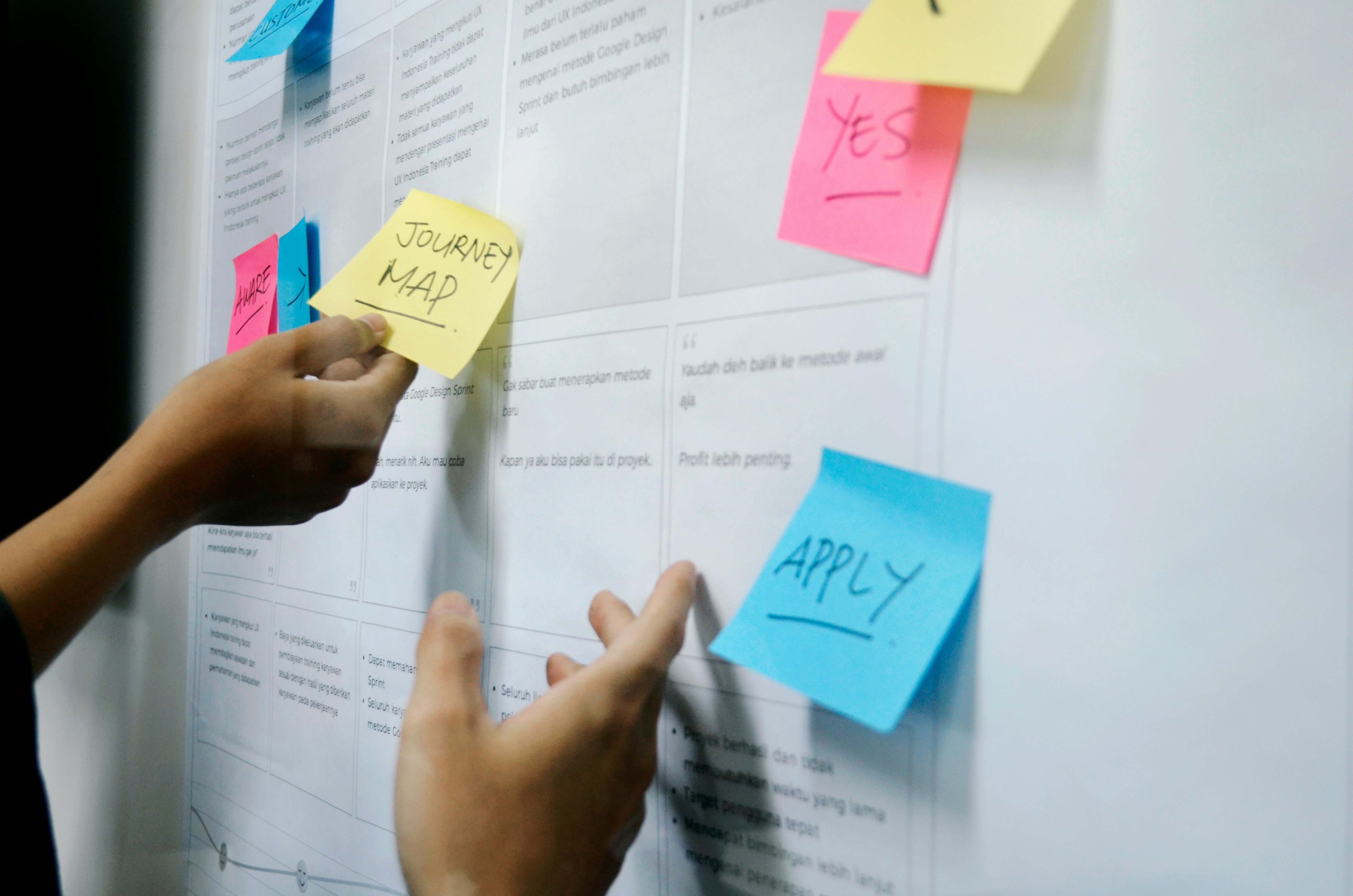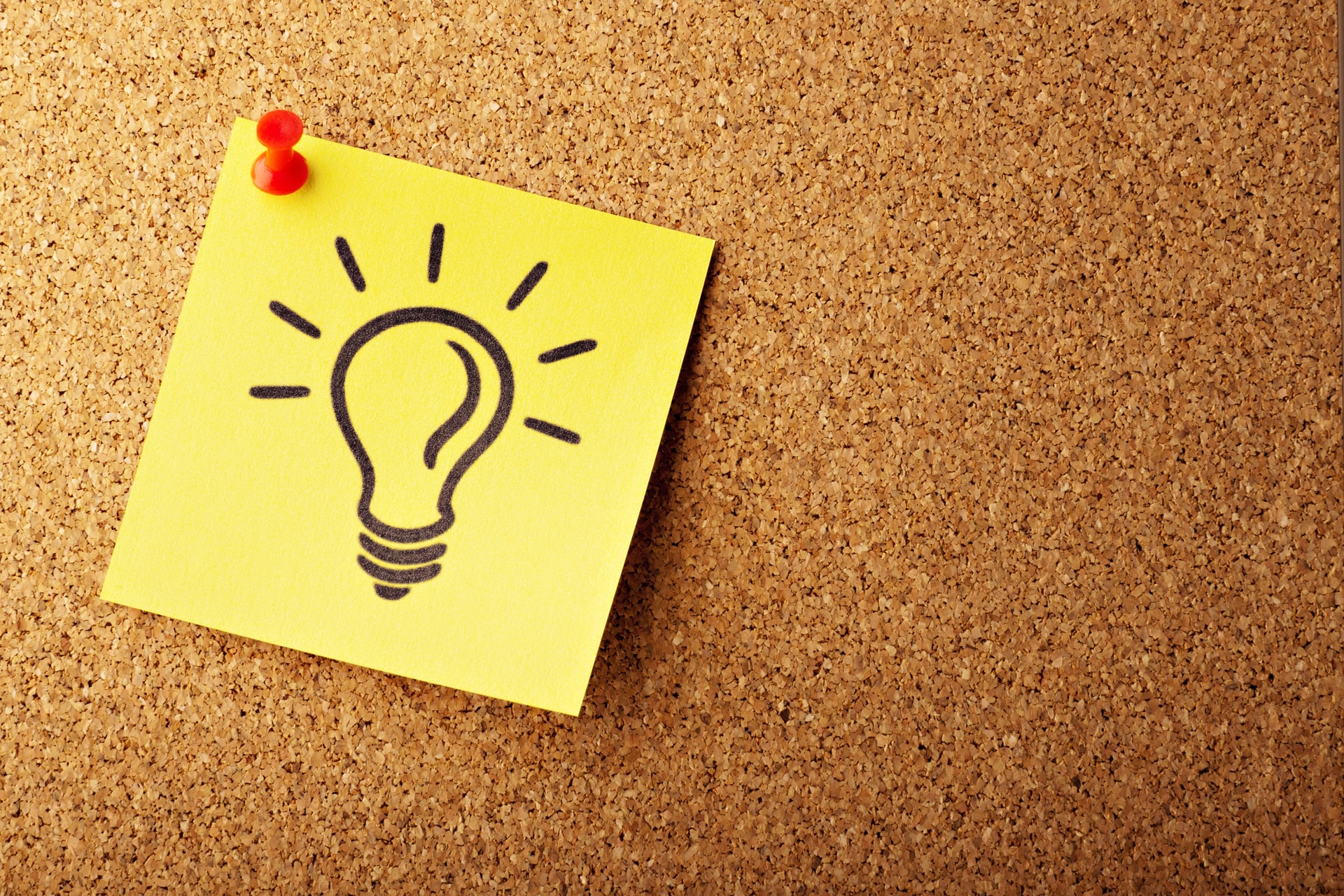The MVP Advantage: Launching Your Product with Confidence
Launching a successful product is challenging, but it doesn't have to be a gamble. There is a way to test the waters, validate your idea, and gather...
6 min read
Written by Katie Iannace, Jul 8, 2024

Launching a new app? Avoid costly launch delays and ensure a successful app rollout with these 7 essential steps.
Download the checklist PDF here.
Before you begin, you need to know why you’re launching a mobile app. A clear objective will help you decide which features to include, what type of business model to choose, and how to best market your app.
This step also includes doing user research to determine your app’s parameters. It helps you understand your target audience so you better understand how to design an app they will enjoy using.
There are many ways to perform user research, including user interviews, surveys, and building target audience personas. It’s helpful to try several methods of researching your audience until you have a solid understanding of what they are looking for. Then, use the data and information you gather as the basis for your app planning process.
Once you’ve conducted your user research and have a clear understanding of your users, it’s time to define your target audience. It’s essential to narrow down who your app will appeal to. Some of the data points that you should try to obtain include:
This information will help you create the persona of your ideal user. A “persona” is simply a fictional representation of a member of your target audience. It’s important to note that you’re not trying to create a perfect user but rather an ideal user. Your persona should have all the characteristics of your ideal customer, but they should be imperfect—and have flaws, as every human does. Unless, of course, your target market is extraterrestrial…
Download and complete this free worksheet to clarify your app objectives.
Once you’ve completed the previous steps, you’ll want to begin designing your app’s user experience (UX). The UX is the user’s overall experience when interacting with your product. It is the way your app looks, feels, and sounds when in use. A good UX is one reason why some apps are so addictive.
Your app’s UX should be seamless and intuitive, as well as enjoyable and painless to use. When designing the UX of your app, you’ll want to take into account things like:
Your UX should be designed with your target audience and that ideal persona in mind and should meet their needs and solve their problems. It’s important to keep up with trends and new developments in the industry to stay on top of your game.
Think beyond standard conventions and explore new technologies that can make your app stand out from your competitors. For example, consider adding speech recognition. This popular feature has helpful applications in sales support, accessibility, or compatibility with a smart assistant. Alternatively, consider jumping on the AI trend and level up your user experience by incorporating this powerful technology.
Learn more: UI vs. UX: What’s the Difference?

As you’re designing the UX of your app, you’ll also want to start developing the UI. The UI is the visual elements of your app, such as the buttons, images, fonts, and colors. It’s crucial that the UI is consistent with the UX, as users will interact with both when using your app.
You’ll want to make sure that your UI is intuitive, easy to use, and consistent with your overall brand. Designing your app’s UI with your target audience in mind will help with its functionality and visual appeal.
Here are some questions to ask yourself to ensure your UI design is on track:
Consider things like the UI’s scale, the color palette, and the fonts used. These should also be tailored to the target audience to improve their engagement—especially when considering accessibility in the design of your app.
While your app is in development and it looks like you have a reasonably accurate completion timeline, you’ll want to start building marketing buzz for your app. Set a launch date and start promoting it through pre-launch marketing. That way, you already have a line of early adopters waiting for your app on launch day.
Pre-launch marketing can be easy to do. However, some people find it difficult because limited information about the app is available during this stage. But we happen to think you can use this to your advantage.
Try teasing features and images from the app as they are developed. Most people love a good mystery and a well-thought-out teaser. Focus on how the app will help users when it’s complete, and promote your app on whichever platforms your target audience uses.
For example, are your users avid TikTok users? How might you partner with creators to get the word out about your app? You might also consider investing in traditional social media ads, say, for example, on LinkedIn or Instagram.
Paid media isn’t the only way to get the word out. There are still plenty of ways you can promote your app with limited spending. Features on review sites, content publishing on your website, and contests are all low-budget options to generate interest in your app.
Learn more: 8 Best Ways to Market an App on a Budget
During the development phase of your app, you’ll want to test everything… and test it again. It’s essential to make sure your app will be ready for its launch date and that it’s meeting the needs of your users. The best way to do this is to conduct user testing.
User testing can take many forms. Some tools that might be helpful include:
Alternatively, you might consider planning a soft app launch strategy. This limited-release rollout of your app is a low-stakes way to get your app in front of new users and make adjustments as needed. Plus, raving fan clients from your soft-launch app launch can help you draw a bigger crowd when you unveil the app to everyone.
Make sure to conduct your user testing as early as possible, as this will help you to make any necessary changes before your app is released. You don’t want to discover an issue too late and have to push back your launch date.
There are many ways to do this, but one of the most common is to use an A/B testing strategy. An A/B testing strategy allows you to test two versions of the same thing and see which performs better.
You’ll want to test your app’s functionality, UI, usability, and even the usefulness of your app. Don’t forget to test your app on all kinds of devices. Depending on your release and app style, users might be visiting your app from various mobile phones, tablets, and other devices.
Learn more: 6 Best Usability Testing Methods for Mobile Apps | 4 Best Remote Usability Testing Tools
Finally, before your app is released, you’ll want to ensure you’ve covered everything related to your pre-launch checklist, which will help you determine that there are no mistakes and you’re ready to launch your app!
We’ve created a pre-launch checklist to help you see if you have everything you need to launch your app:
If the answer to all these questions is a resounding, “Yes!” you’re in great shape to launch! Still missing a key step in the process? Go back and patch things up before you launch. Putting your best foot forward from the start will help you attract and keep users.
Finally, it’s time for launch! (Feel free to blast Space Oddity by David Bowie during this phase).
You’ve followed all the steps to launch a successful app, and now it’s time to see what your users think! As your app launches, you’ll want to monitor how often it’s used, what time users are logging on, and what they have to say about it. This will help you to identify ways to improve your app and make it even better. You can do this by using various tools, such as Google Analytics, App Reviews, and more.
Learn more: The Best Moblie App KPIs to Measure
Managing an app launch can be stressful without the right help. When you find a great partner, you don’t have to worry about the ins and outs of UX design or how to complete user testing.
At Designli, we handle the pre-launch checklist for you. Our proprietary SolutionLab gets your mobile app project off to the right start. With a comprehensive process to get specific on who your app is for and how to make it real, we’ll take you from a solid first step to a well-received launch.
To get started with an experienced and organized partner, schedule a free consultation. We’d love to hear more about your mobile app dreams and help you make them happen.
Explore Designli's Mobile App Development Services →
You might also like:
Subscribe to our newsletter.

Launching a successful product is challenging, but it doesn't have to be a gamble. There is a way to test the waters, validate your idea, and gather...

Today, there are nearly 2 million apps available for iPhone, and over 2.1 million apps for Android. App markets are becoming more and more...

1 min read
Launching a product in 2025 means showing more than what it does; it means proving why it matters. With customer acquisition costs rising and user...
Post
Share